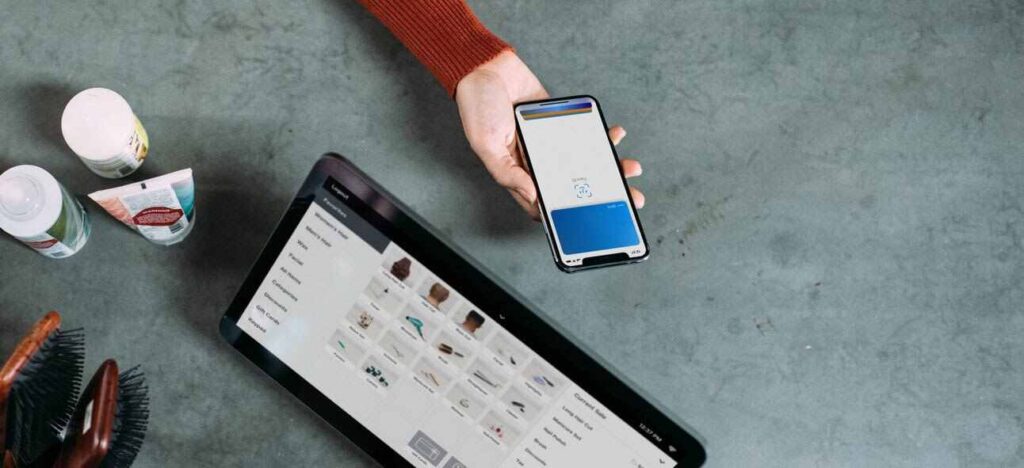Consumers in Europe prefer Digital Wallets to Shop online
Digital wallets are fast becoming the payment method of choice for European consumers. Research has found that 44 percent of Europeans prefer them over any other payment method. And this is not just in Europe.
Capgemini reports that nearly 45 percent of consumers globally prefer paying via mobile wallets. In fact, the demand for alternative payment methods is surging worldwide. The COVID-19 pandemic has deeply influenced how customers shop online.
Digital wallets are safe and easy to use. And they make cross-border payments much easier. The European Commission is also planning to introduce an EU Digital ID wallet for consumers, possibly by early 2022. These factors are driving much of the adoption across Europe.
Cross-border E-commerce in Europe is growing.
Cross-border e-commerce in Europe has grown steadily over the years. In 2020, the online cross-border e-commerce market in Europe was worth about 146 billion euros. According to another study, 73 percent of internet users in Europe shopped online in 2020. 31 percent of these consumers bought or ordered goods from sellers in other EU countries.
As a merchant in Europe, you need to offer the flexibility that consumers demand. Offering all kinds of payment methods is critical to reaching more customers. If you operate across many countries in Europe, it is advisable to offer the payment methods that are preferred locally. Digital wallets can be a great tool to reach new customers while building more loyalty from existing ones.
But what are they, and how do they work?
What Are Digital Wallets?
A digital wallet, also called an e-wallet, is a digital payment method that enables fast, easy, and secure purchases online or at physical stores. They are typically in the form of smartphone apps but can also exist as desktop apps. Users need to download the specific apps created by banks or trusted third parties to avail of the service.
Some popular digital wallets are Apple Pay, Google Pay, and PayPal. Within Europe, this varies by country. For instance, there are several bank-led wallets for domestic markets such as iDEAL in the Netherlands, Vipps in Norway, or Swish in Sweden. Non-bank-led wallets such as Neteller, Skrill, PayPal, Amazon Pay, and Vodafone Wallet are also popular in Europe.
How Do Digital Wallets Work?
Digital wallets work by storing and encrypting the personal and payment data of users. They use 2-factor authentication to verify a user’s identity and payment details. Thus, merchants and consumers face a lower risk of fraud.
Once a consumer installs the wallet app on their smartphone or mobile device, they can directly link it to their bank accounts/ cards. This saves them the headache of having to carry multiple cards. Users can recharge or top-up their wallets with cash, most often through a bank transfer.
E-wallets make online payments faster and simpler. While shopping, consumers don’t have to waste time typing their card details or searching for the right card. Rather, they can easily and securely pay online or in-store with just the click of a button.
Most smartphones have e-wallets pre-installed into their operating systems, such as Apple Pay (iOS) and Google Pay (for Android). Consumers can also download third-party ones such as PayPal or Skrill. On the other hand, super-apps like WeChat come with their own versions.
Why Are Digital Wallets Becoming Popular?
The popularity of digital wallets can be attributed to three main factors: security, flexibility, and convenience. Buyers as well as sellers are now more aware of digital wallets and are more willing to use them. The growth in mobile commerce has also fuelled much of their adoption.
Digital wallets are more secure because they use 2-factor authentication to verify users and payments. This includes the use of biometric authentication such as fingerprint/ iris scan or face recognition. In case a user’s phone is lost or stolen, they can lock their phone and e-wallet to prevent unauthorized use.
Finally, e-wallets give more flexibility and convenience to consumers. They do away with the need to carry bulky wallets with physical cards. Thus, consumers can carry all the info they need to shop on their smartphones or mobile devices.
How to choose the best digital wallet for your business?
Consumers today seek faster and easier ways to pay. But the European markets come with their own set of complexities and customer preferences. There is a glut of payment methods available today, and it can get confusing for businesses to navigate this payment landscape.
You can work with a global payment service provider to better understand how you can use digital wallets for your business. They can advise you on what would work best for your business and which ones to choose. They can help you with easy integration of different payment methods and provide you with robust fraud protection. This, in turn, would help you to offer the best experience to your customers.
As a business in Europe, you have to focus on your customers’ needs and preferences. No matter where your customers are, you have to give them the flexibility and convenience to pay with their preferred methods. This will help you to reach new markets, acquire new customers, and boost your sales.
Jose Augustine is the Chief Business Development Officer at Novalnet with extensive experience in European payment industry and a knowledge powerhouse.
